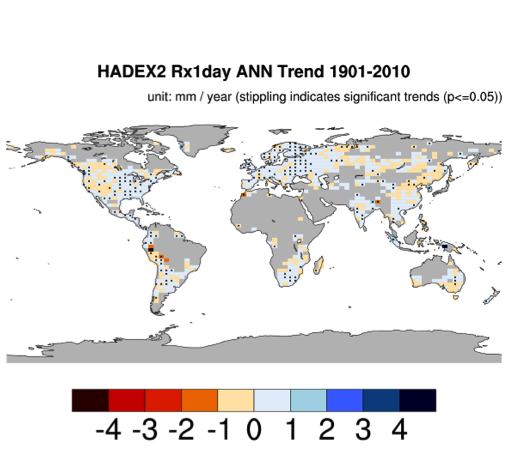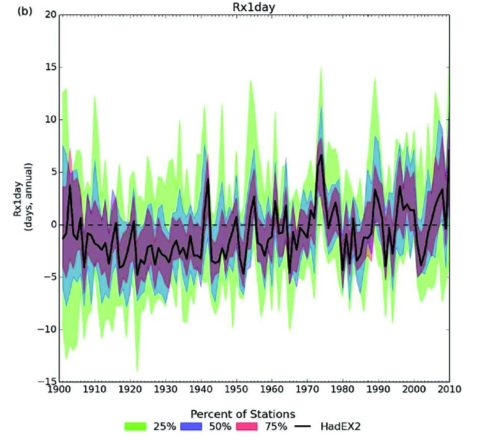Overarching Theme: Document
Are existing observations sufficient to underpin the assessment of extremes?
This theme deals with documenting and assessing past changes in extremes. Observations are the key foundation for understanding long-term climate variability and change. However, observations are often not well-constrained, and critical gaps exist in the amount, quality, consistency and availability of observations, especially with respect to extremes.
The current suite of climate extremes datasets is inadequate to properly assess climate variability and change and to provide the required underpinning for detection and attribution studies and model evaluation. This is due to data limitations (in time and space), differences in how extremes are defined, the spatial representativeness of point-based measurements, scaling issues between observations and models and uncertainties in variable estimates from satellite retrievals. There is a need to collate and better disseminate data from all existing sources that are relevant for extremes and to identify regions and time periods where we can fill in gaps and better understand uncertainties. (See implementation plan).
|
|
|
|
Figure: LHS shows trends in the annual maxima of daily precipitation (Rx1day) from 1901-2010 from the HadEX2 dataset (source: Donat et al. 2013). Note the large areas with missing data. RHS shows timeseries of Rx1day anomalies and associated uncertainties due to sub-sampling of data (source: Dunn et al. 2014). |
|
Related Workshops
- Data Requirements to Address the WCRP Grand Challenges on Weather and Climate Extremes(25-27 February 2015, Sydney, Australia): This workshop will deliver a strategy for data collection and indices calculation, coordination and best practice which may ultimately lead to requirements for new initiatives and software, for example.



